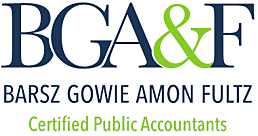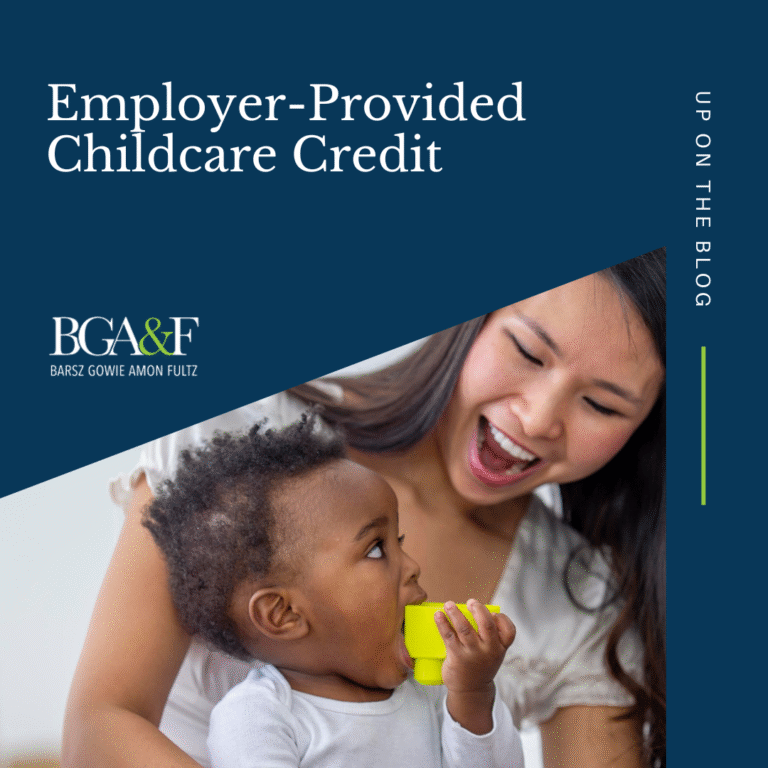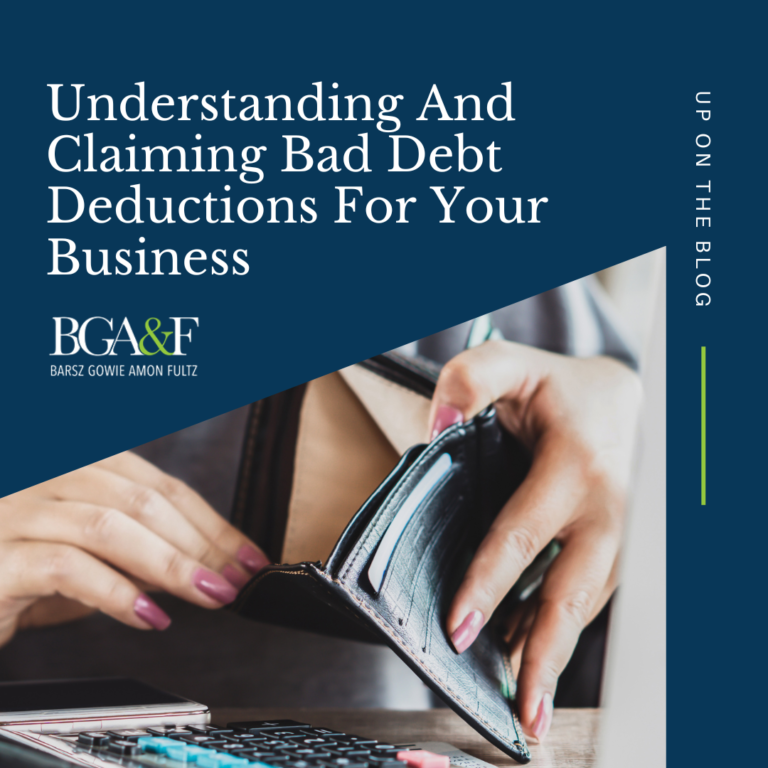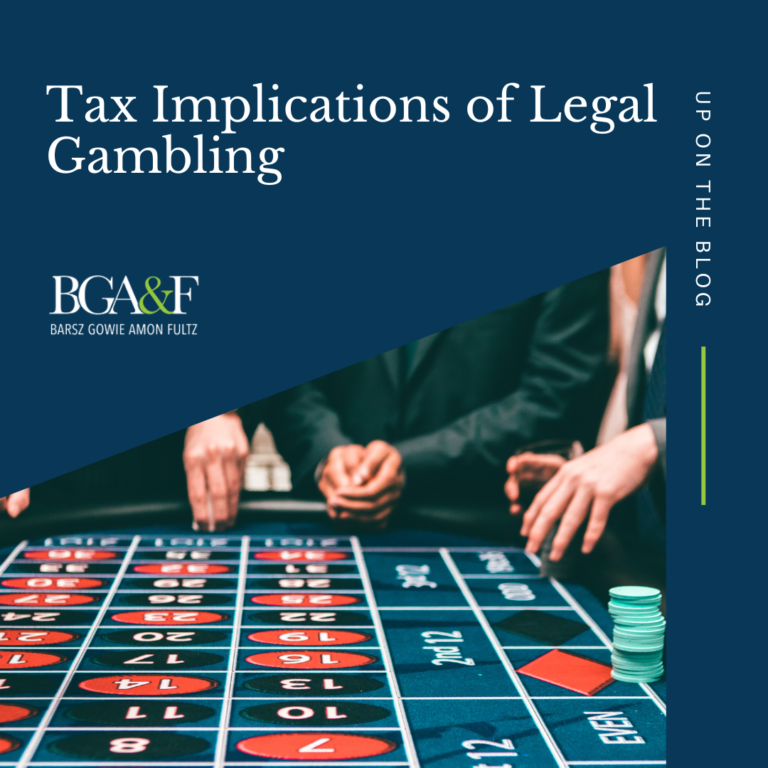Offering a 401(k) can be a great way to attract and retain top talent. Yet traditional 401(k) plans come with a compliance burden: they must satisfy IRS rules known as nondiscrimination testing to ensure that retirement benefits don’t disproportionately favor highly compensated employees. These rules, while essential for fairness, can be challenging for smaller businesses where ownership and compensation may be concentrated at the top.
Safe Harbor 401(k) plans offer a simplified alternative that automatically satisfies certain nondiscrimination testing requirements. This is achieved by requiring employers to make contributions to their employees’ retirement accounts, which generally must be vested immediately.
This article explains how nondiscrimination rules work in traditional plans, why they matter, and how Safe Harbor plans can provide a more streamlined path forward.
Traditional 401(k) plans vs. Safe Harbor 401(k) plans
Traditional 401(k) plans must undergo annual nondiscrimination testing to ensure they don’t unfairly favor highly compensated employees (HCEs) or key employees over the broader workforce. The underlying rationale is simple: retirement plans should provide meaningful benefits to all eligible employees, not just the top earners or owners.
These tests include:
- Actual Deferral Percentage test: compares how much HCEs and non-HCEs defer into the plan as a percentage of their pay. An HCE is generally someone who earned more than $160,000 (in 2025) or was a 5% owner of the company at any time during the preceding year.
- Actual Contribution Percentage test: evaluates employer matching and after-tax contributions.
- Top-Heavy test: determines whether key employees hold more than 60% of total plan assets. Key employees are typically owners or officers who earned over $230,000 (as of 2025) in the preceding year.
It’s important to note that these are general descriptions, and there are additional nuances and exceptions to each of these tests. The key takeaway is that these tests create additional compliance burdens that can be problematic for some entities.
Failing any of the tests can force employers to correct the imbalance. Sometimes that means refunding contributions to HCEs or making additional contributions to non-HCEs, which can be frustrating, time-consuming, and costly.
Safe Harbor 401(k) plans offer a way to bypass these hurdles. For employers and HCEs, these plans offer a way to maximize retirement contributions without worrying about future refunds or compliance failures.
What is a Safe Harbor 401(k)?
Safe Harbor 401(k)s revolve around the commitment that employers make specific contributions on behalf of their employees. These contributions can take several forms, but they’re essentially designed to encourage participation from employees at all levels of the organization. In return, the IRS grants relief from nondiscrimination testing requirements.
Contribution options
One standard contribution model is called the basic matching formula. Under a traditional safe harbor scenario, it generally means matching employee contributions dollar-for-dollar on the first 3% of compensation, then 50% of contributions on the next 2%. A variation exists under what the IRS labels as a Qualified Automatic Contribution Arrangement (QACA), where the required match might be slightly lower in some cases. However, QACAs must automatically enroll employees at a minimum 3% default deferral that auto-escalates to at least 6%.
An alternative is the enhanced matching formula, where an employer matches more than the basic threshold. For instance, a company might match 100% of contributions up to 4% of compensation.
Employers can also opt for non-elective contributions, where they contribute at least 3% of each employee’s salary to the plan, even if the employee decides not to participate.
Consider a small business with 10 employees. The owner wants to set up a 401(k) plan but expects the plan to fail nondiscrimination testing because the owner and a few managers defer aggressively while other staff contribute less. Adopting a Safe Harbor plan with a basic matching formula could potentially bypass this issue.
While this creates a predictable cost-matching specific contributions for all 10 employees, the tradeoff is significant: the owner avoids the risk of failing nondiscrimination tests, which could result in costly refunds or corrective contributions. Plus, employer Safe Harbor contributions are tax-deductible, helping offset the cost of these guaranteed matches.
A qualified CPA can help you model different scenarios to identify the Safe Harbor contribution structure that best aligns with your financial goals and workforce.
Vesting
In a traditional safe-harbor plan (basic match, enhanced match, or nonelective), employer safe-harbor contributions must be 100 % vested immediately. QACA-based safe harbor plans may permit up to a two-year vesting schedule for employer contributions, provided other automatic enrollment conditions are met.
Notice
Match-based Safe Harbor and QACA plans must provide employees with the standard 30-day advance notice each year. SECURE Act 2.0 eliminates that annual notice only for plans that rely exclusively on a Safe Harbor non-elective contribution of at least 3% of pay and offer no Safe Harbor match or other employer formula that would put elective deferrals back under ADP testing. Sponsors of these plans still have to furnish a one-time notice when the formula is adopted (and again if the non-elective rate changes), but no recurring annual notice is required.
Once those notices go out, employers generally commit to making the stated contributions for the entire plan year. If they change their mind mid-year, there are special rules in place to manage those modifications, and these rules can be restrictive. Basically, it’s wise to settle on a safe harbor design you’re ready to support for at least the next year.
Nondiscrimination testing and top-heavy rules
The hallmark of a safe harbor plan is that it typically bypasses most annual nondiscrimination requirements, removing a sizable compliance burden.
Safe Harbor plans automatically avoid the top-heavy rules when the employer’s contributions are limited to Safe Harbor matching or Safe Harbor non-elective (≥3 %) formulas. If you add any non-Safe-Harbor employer money, such as a discretionary match, profit-sharing allocation, or forfeitures treated like profit sharing, the exemption disappears, and the plan must satisfy the regular IRC § 416 top-heavy test. When a plan becomes top-heavy, the employer may have to contribute more for every non-key participant, in addition to the Safe Harbor minimum.
Contribution limits and catch-up provisions
As of 2025, plan participants can contribute up to $23,500 annually to a 401(k) plan (combined participant and employer contributions are capped at $70,000). Those aged 50 and older may contribute an additional $7,500 as a catch-up contribution.
A notable change for 2025 under the SECURE Act 2.0 affects employees aged 60 to 63, who may contribute a higher catch-up limit of $11,250 (150% of the regular catch-up amount). However, participants earning more than $145,000 must make their catch-up contributions to a Roth (after-tax) account starting in 2026.
Costs and potential drawbacks
No discussion of Safe Harbor 401(k)s would be complete without addressing the financial commitment. Businesses must make a guaranteed contribution. For a small firm with fluctuating revenue, meeting this obligation can be challenging.
There’s also limited flexibility once you remit the annual Safe Harbor notice. Employers typically cannot unilaterally decide mid-year to cut back on the promised contributions unless they meet strict legal standards. So, it’s vital to ensure that the plan’s design aligns with your capacity to fund it, even when business conditions shift.
Designing and implementing a Safe Harbor plan
For new plans, employers seeking Safe Harbor status in a given year typically need to finalize the plan before October 1 of that year, allowing sufficient time to send employees a 30-day notice. For existing plans, adding a Safe Harbor feature typically needs to be done toward the end of one plan year so that it takes effect the following year. The SECURE Act introduced some latitude for adding non-elective Safe Harbor contributions after the start of a plan year, although you may need to increase your contribution percentage (for example, from 3% to 4%) if you miss the earlier deadline.
Once the plan details and adoption dates are settled, a third-party administrator or trusted 401(k) provider should draft the necessary plan documents and generate employee notices. Some providers can also handle recordkeeping, help you track eligibility, and produce annual disclosures. While there’s a degree of complexity in setting up any retirement plan, a reputable provider can smooth over many of the finer points and ensure all deadlines and requirements are consistently met.
Next Steps
If you see retirement benefits as an integral tool for retention and morale, a Safe Harbor 401(k) could be a savvy investment. From a tax perspective, employer contributions are generally deductible, making them beneficial for both you and your employees.
The employer contribution requirement can feel like a leap if you’re used to more fluid arrangements. But the reward is freedom from most annual nondiscrimination testing and the ability for more highly compensated employees to defer greater amounts without worry.
If you’re interested in exploring the feasibility of a Safe Harbor 401(k), please contact our office. We can help you explore your options and tailor the details to your specific circumstances.




